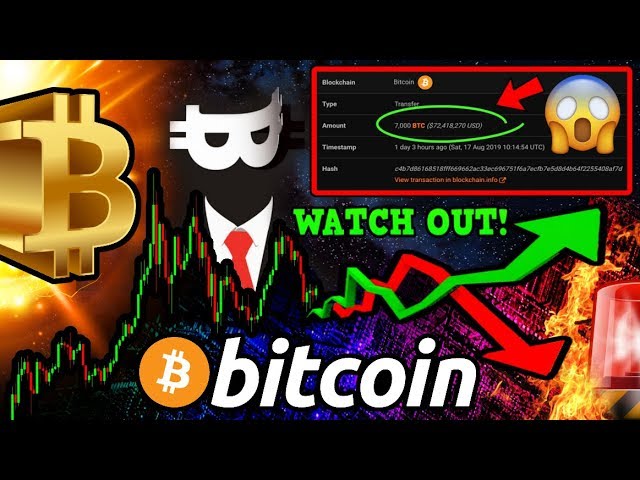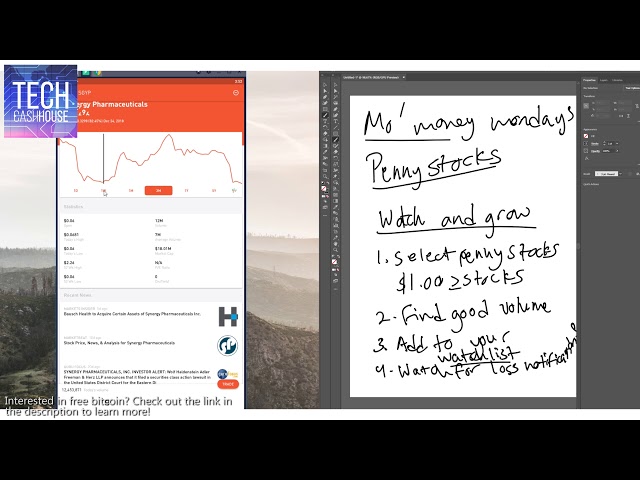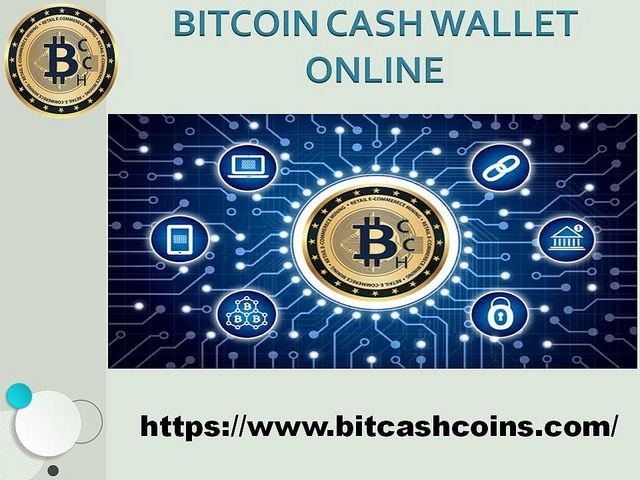Blockchain an opportunity for energy producers and
Blockchain applications in energy trading Deloitte UK
The main chain (black) consists of the longest series of blocks from the genesis block (green) to the current block. If you are moving towards positions in the blockchain business or simply want to discover its potential in the energy sector, this course is made for you. LO3 Energy is developing blockchain based innovations to revolutionize how energy can be generated, stored, bought, sold and used, all at the local level. Blockchain is commonly known as the public database created to track the cryptocurrency Bitcoin. In just three months, thanks to the “Interbit” blockchain platform developed by Canadian BTL, the first intrinsically safe and …. Each block contains a cryptographic hash of the previous. We want to create new markets for energy from renewable sources. And some people are going farther, imagining a future where blockchains are an intrinsic part of the Internet of Things. An energy blockchain can be a catalyst for business model and process change right across the enterprise. This is a challenge for all providers of energy. It could be instrumental to manage the sector’s ….
Blockchain Could Change Everything for Energy - Renewable
- Best Blockchain Courses Results Today uk life123 com
- Green The Modern Energy Supplier green energy
- Related searches for blockchain energy
See results for
Although the energy industry has been slow to recognise its potential. Spanish utility Iberdrola is testing the use of blockchain to show customers exactly where their wind energy is produced. Blockchain is a technology that has the potential to enhance all aspects of the energy system. The mechanism behind Bitcoins and other cryptocurrencies will revolutionize the distribution and access to energy. Orphan blocks (purple) exist outside of the main chain. Costs have gone up and revenues have gone down. With this type of transaction, every participant in a network can transact directly with every other network participant without …. Whether it’s changing a thermostat set point or dimming lights, energy companies will be able to optimize for the needs of the grid through the smart technology in people’s homes. With wholesale electricity distribution, the blockchain is used so energy consumers can buy and sell energy directly to the grid in real time. A number of businesses and initiatives have recently been launched that apply the blockchain principle to other industries, among them the …. Eni is on the front line…. Blockchain applications in energy trading Firms are dealing with greater requirements for reporting, transparency, and dissemination of data. Microgrids and the blockchain are powering our energy future The era of large-scale power plants is (slowly) coming to an end. In simple terms, this is because every aspect of the energy system can benefit from greater efficiency. Blockchain also allows producers to raise capital by issuing their own energy tokens. Michel Berne, the director of economics studies at Telecom management school in Paris, has been highly critical of the carbon footprint of blockchain, but he thinks, for …. Capability to provide simple governance structures, lower-cost operations and faster transactions are some of the prominent features stimulating the technology growth.
Blockchain is a technology that enables so-called “peer-to-peer” transactions. It’s b lockchain. The revolutionary technology that changed forever the financial sector, and will soon redefine the way of understanding the energy field. Energy SECTOR USES. What are some of the uses of Blockchain technology in the energy sector. By utilising Blockchain technology the energy industry could evolve into a. Investors can either consume this energy, or resell it when it is closer to being produced. The end result is a multidimensional platform that has the potential to create a smarter, cleaner grid. AdGreen is the pioneer for making energy smart and insightful. Incorporating artificial intelligence and state of the art technologies. But the introduction of blockchain promises to speed things up and radically transform the industry's processes and markets. The blockchain innovation is that transactions are no longer stored in a central database, but distributed to all participating computers, which store the data locally. Grid+ is a blockchain energy company focusing on wholesale energy distribution. The firm has identified retailers as the driving source of inefficiency in the consumer electricity market. Blockchain will help energy management to be routinely delivered as a service to customers, on an automated basis. Francisco Hernanz, Head of Renewable Energy Management at the company, highlights the importance of innovation. Microgrids and the blockchain are powering our energy future. “Offshore wind is coming on board, we’re seeing lots of onshore wind and a huge growth in solar,” explains Roisin Quinn, head of energy strategy and policy at National Grid. For one thing, renewable energy doesn’t provide a constant supply of electricity. Energy Web Foundation (EWF) has pioneered an enterprise-grade blockchain platform tailored to the sector’s regulatory, operational, and market needs. EWF is the world's largest energy blockchain ecosystem—a growing community of over 100 energy market participants who we work with to bring energy blockchain solutions to market. Bitcoin network data A blockchain, originally block chain, is a growing list of records, called blocks, that are linked using cryptography. SmartestEnergy’s parent company, Marubeni has recently partnered with US technology firm LO3 Energy in order to develop blockchain solutions applicable to the energy market. In this blog, Michael Watts, Strategic Sales Manager for Industrial and Commercial Supply, explores what blockchain solutions are all about, as well as their relevance in the UK energy market both today and in the future. In its place is a new network of super-smart and super-clean energy. Blockchain would track the flow of electrons on a distributed grid, much like that of currency in a cyberenvironment. There's a new buzzword emerging in the energy industry: blockchain. Many people are saying that this is a change in paradigm: the consumer is transformed into a producer, becoming a “prosumer”, while energy distribution is taking place without a central operator, automated by computers and made secure by blockchains. The United States is among the most wasteful nations in. Microgrids. Traditional, centralized power grids were once the crown jewel of engineering. P2P Energy Trading. Improvements in …. With P2P energy, the blockchain is used so communities can be connected in interlinked microgrids and buy or sell the local renewable power between them. Blockchain can be an important technology solution for the energy management sector by playing a role in providing real-time access to energy savings, transparent recording of energy transactions. In Europe, TenneT, a leading electricity transmission system operator, is concerned about the limitations of conventional energy sources and decided to invest in new ways to produce and supply energy to be ready for the future increase in demand. Combining blockchain’s decentralized digital ledger technology with our own innovative methods for capitalizing on energy and data, we’ve created a permissioned data platform to develop localized marketplaces for transacting energy across existing grid infrastructure. Using blockchain technology we empower households to trade their excess rooftop solar power with their neighbours. Our technology can also be used to trade renewable energy and environmental commodities.



No comments:
Post a Comment